I said it many times before! When it concerns the study of paper for postage stamps, Argentina is still way ahead of other philatelic communities!
In Germany the active study of the luminescence of postage stamps has been cancelled due to the refusal of the major German stamp catalogue Michel to enlist paper varieties other than clearly visible watermarks or broken gum orientations...
The concepts that are behind the Argentina "granulado horizontal", "rayado vertcial" or "Tela" are way out of league for German collectors! As their 'bible" Michel is their command, the subject is finished:
Michel locuta est!
to be continued ....,
The lack of paper systematics in German philately
Moderador: Rein
- Rein
- Usuario Colaborador

- Mensajes: 6258
- Registrado: 13 Mar 2009 15:59
- Ubicación: Leiden, Netherlands
- Contactar:
Re: The lack of paper systematics in German philately
Fluoorescence had been the leading aspect in German philately; the study of watermarks and paper structures did not play a significant role.
I will try to show a few German definitives that can provide us with good examples:
The machine-made paper did have a symmetircal wire structure since the 1860-ies.
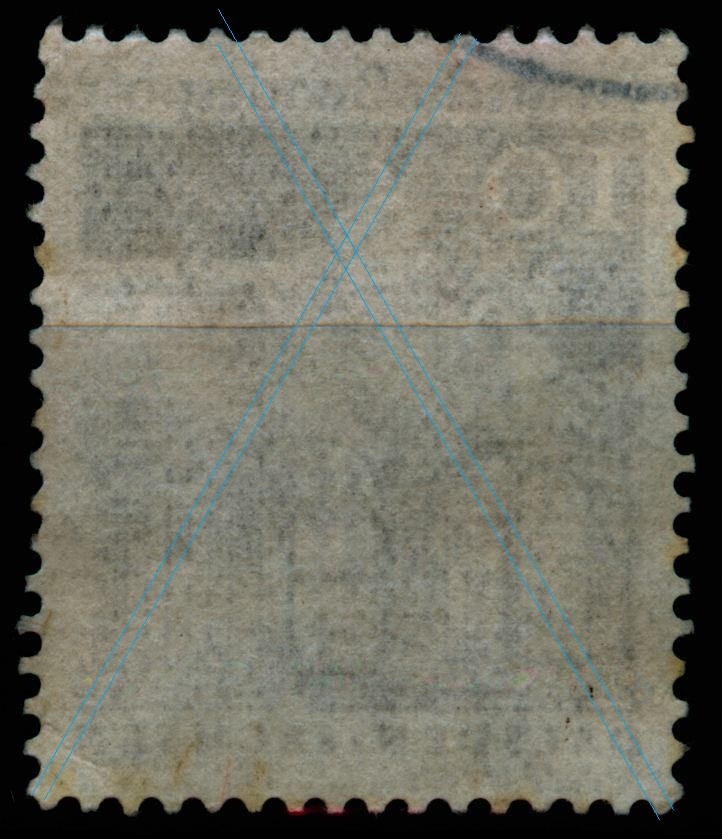
Since 1938 we can also find an asymmetrical twill binding, in casu the b-Variant:
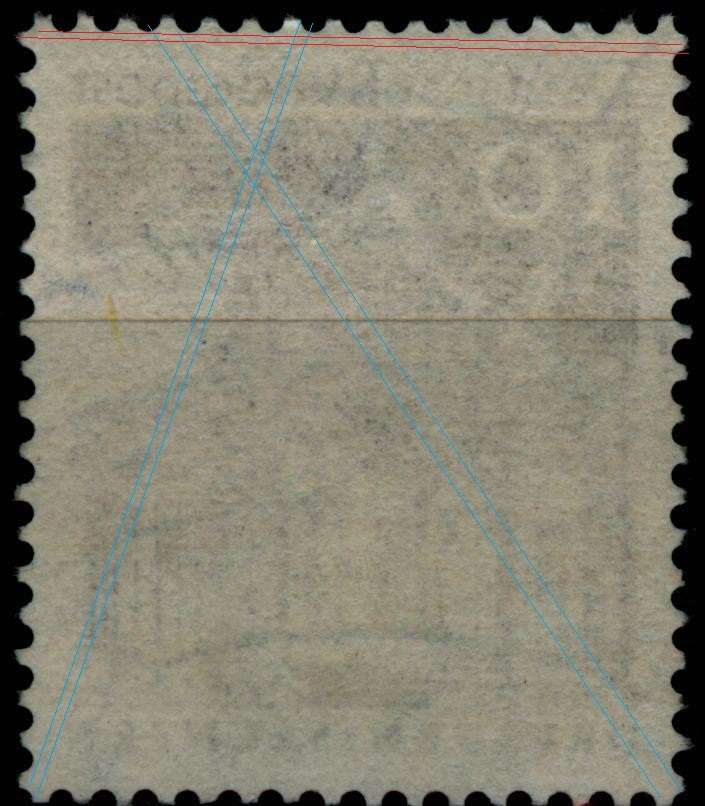
or the mirroed d-Variant:
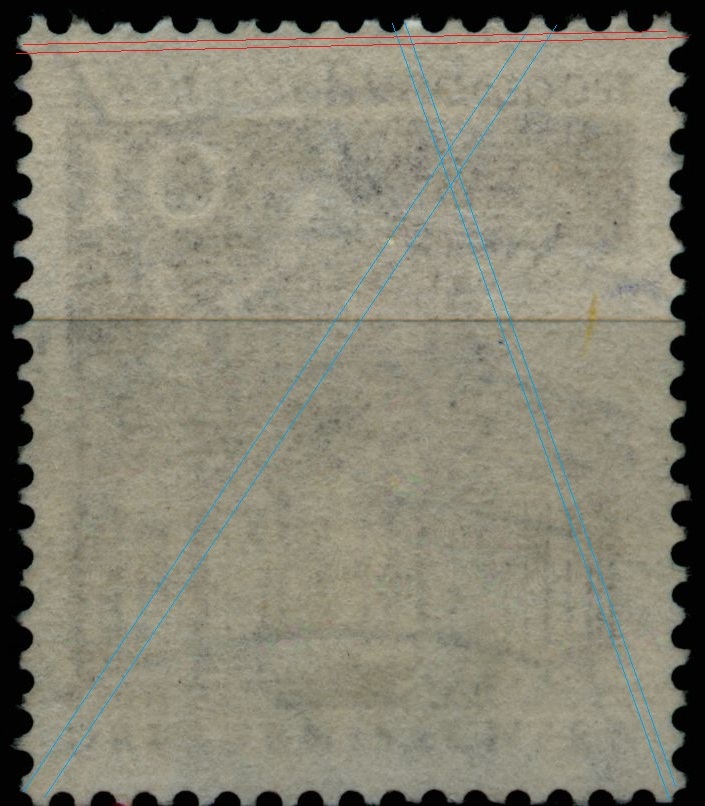
And last but not least the multi-layered binding i.e. an early representative of the group:

Sofar I have not seen the d-variant of the 10pf German Buildings!
to be continued ....
I will try to show a few German definitives that can provide us with good examples:
The machine-made paper did have a symmetircal wire structure since the 1860-ies.

Since 1938 we can also find an asymmetrical twill binding, in casu the b-Variant:

or the mirroed d-Variant:

And last but not least the multi-layered binding i.e. an early representative of the group:

Sofar I have not seen the d-variant of the 10pf German Buildings!
to be continued ....
- Rein
- Usuario Colaborador

- Mensajes: 6258
- Registrado: 13 Mar 2009 15:59
- Ubicación: Leiden, Netherlands
- Contactar:
Re: The lack of paper systematics in German philately
The German collectors love what their Finance Minister prepares for them!
In 1997 in order to prevent stamp fraude, the stamp paper had additional invisible fibers mixed with the the paper pulp! Only visible when using a UV-lamp! And then some orange fibers would be visible.
They called it "Melierfasern"! And not just a good proportion of these fibers were mixed in, also just one or two of them in a strip of 5 stamps would give the paper the title of paper with with fibers!!!
The Germans had no idea that their stamp paper had several earlier periods of paper pulp mixed with fibers!! Most of them unintentional!
to be continued ....
In 1997 in order to prevent stamp fraude, the stamp paper had additional invisible fibers mixed with the the paper pulp! Only visible when using a UV-lamp! And then some orange fibers would be visible.
They called it "Melierfasern"! And not just a good proportion of these fibers were mixed in, also just one or two of them in a strip of 5 stamps would give the paper the title of paper with with fibers!!!
The Germans had no idea that their stamp paper had several earlier periods of paper pulp mixed with fibers!! Most of them unintentional!
to be continued ....
- Rein
- Usuario Colaborador

- Mensajes: 6258
- Registrado: 13 Mar 2009 15:59
- Ubicación: Leiden, Netherlands
- Contactar:
Re: The lack of paper systematics in German philately
Already in the 1981 Polar Research stamps we could find blue fibers!
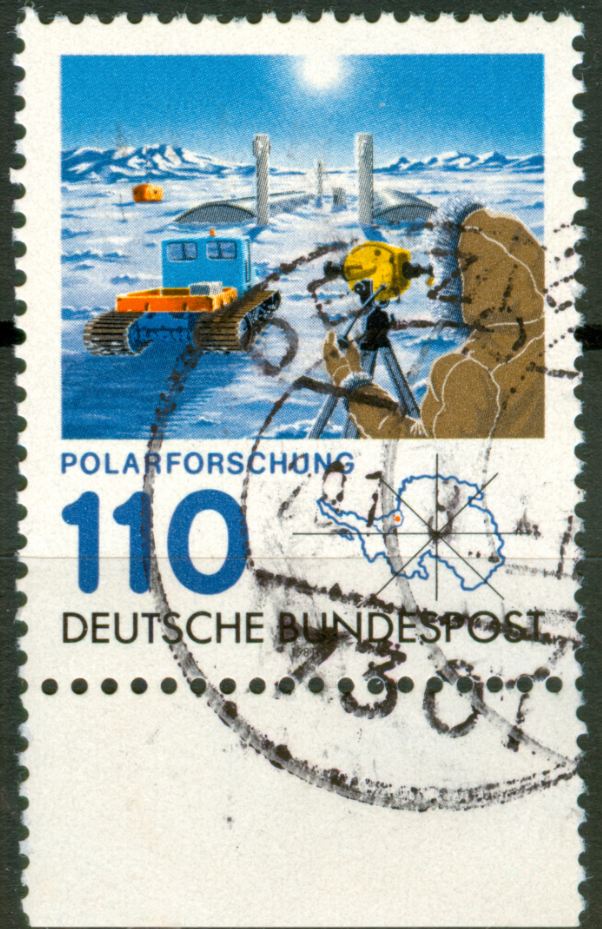
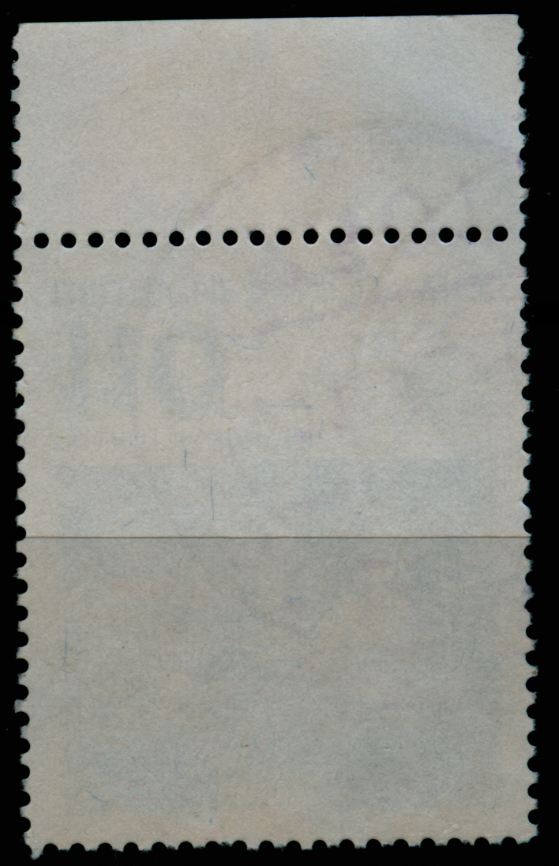
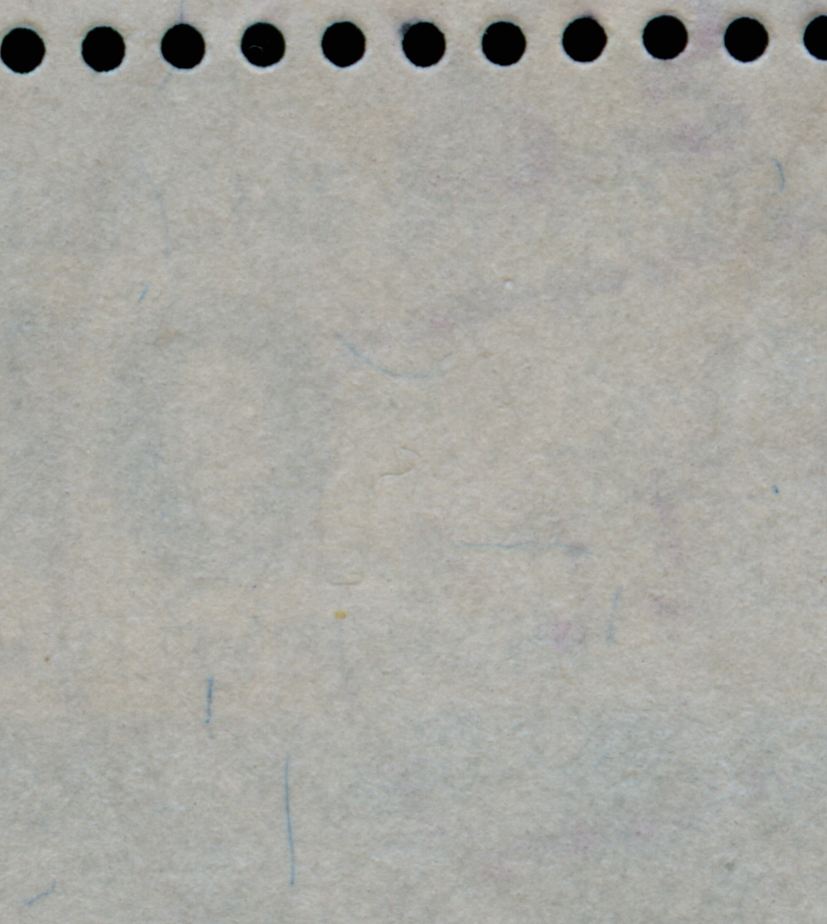
And it turned out this was just a systematical feature of a particular type of paper!
to be continued ....



And it turned out this was just a systematical feature of a particular type of paper!
to be continued ....
- Rein
- Usuario Colaborador

- Mensajes: 6258
- Registrado: 13 Mar 2009 15:59
- Ubicación: Leiden, Netherlands
- Contactar:
Re: The lack of paper systematics in German philately
During the first decennia of the German Federal Republic 1949-1968 the main type of paper was the symmetrical wire type!
Or "granulado" in Argentina terms. A not so fine density of 28/16 lines per cm. which corresponds with about 4 rhombs per 5mm.
During this period several types of watermark had been used and since 1959 we can find the yellow fluorescence that was mixed with the paper pulp. Hence we can see the yellow reaction under the UV-lamp both from the front as from the back.
The German Bundesdruckerei in Berlin - like the Casa de Moneda - was responsible for most of the stamps in either typography, recess, offset-litho and photogravure. Other printers involved like Bagel in Düsseldorf used the same types of paper as provided by the Ministry of Finance - the only instution responsible for issuing postage stamps.
Occasionally we can find the asymmetrical paper wire structure! Or "rayado"!
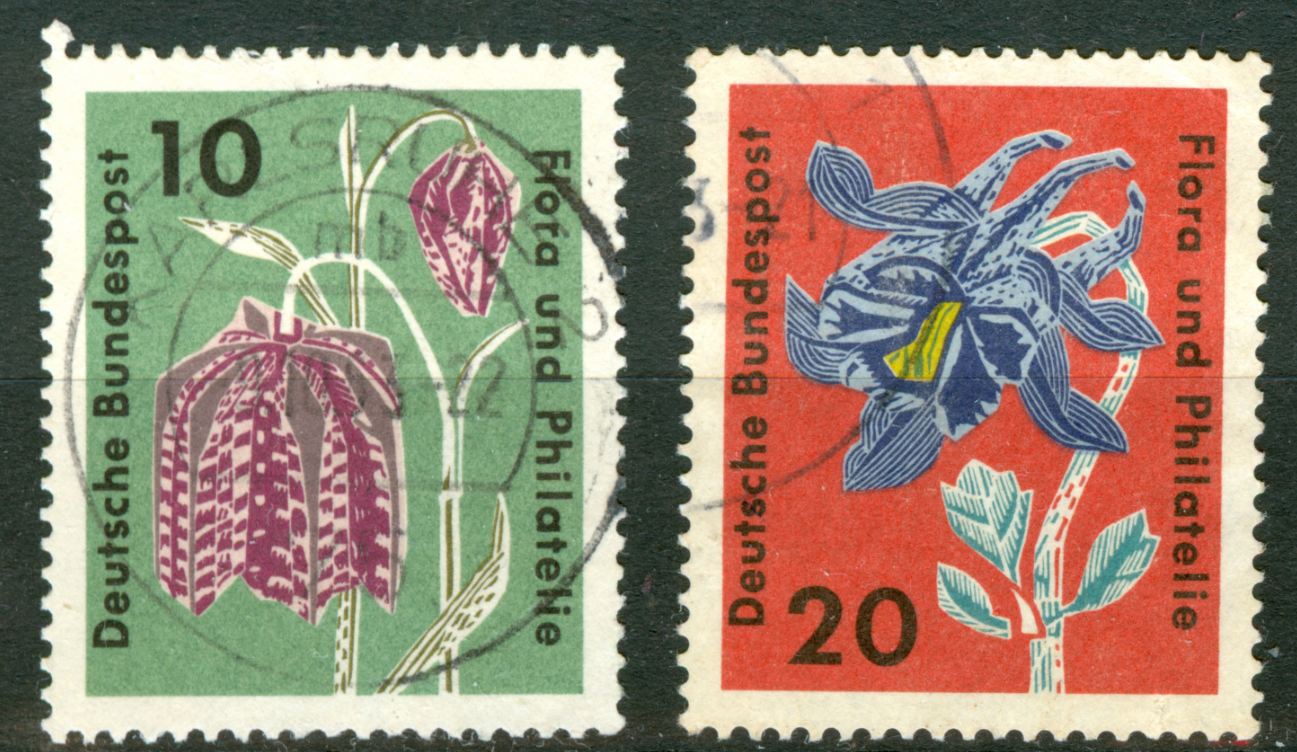
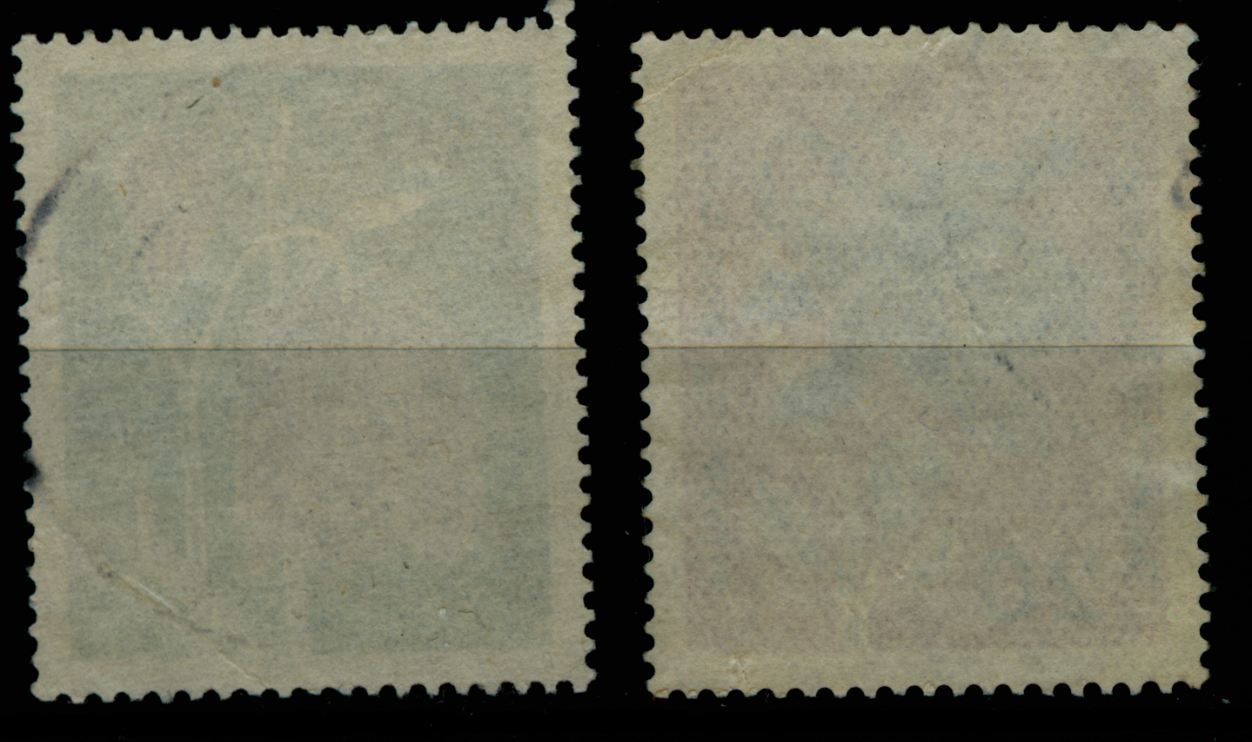
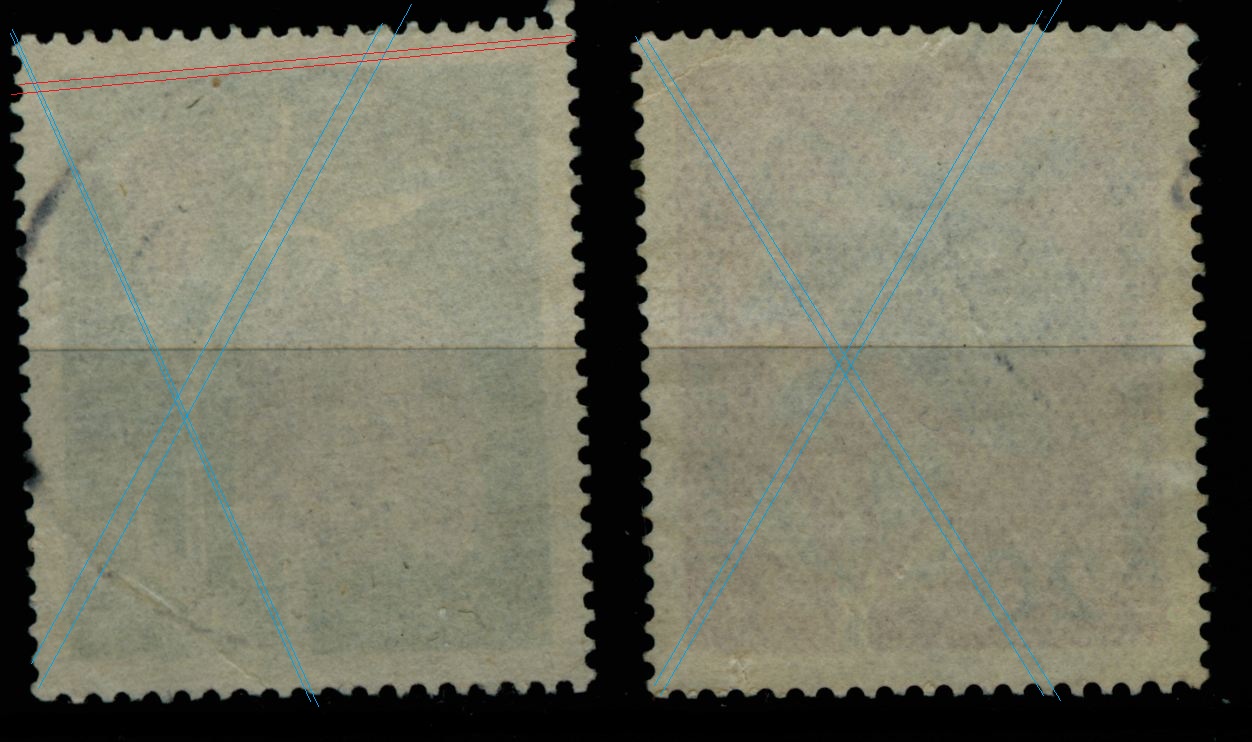
At the left the 'rayado" and at the right the "granulado"....
As already mentioned, a German stamp collector has NO idea about the concepts of granulado or rayado!
to be continued....
Or "granulado" in Argentina terms. A not so fine density of 28/16 lines per cm. which corresponds with about 4 rhombs per 5mm.
During this period several types of watermark had been used and since 1959 we can find the yellow fluorescence that was mixed with the paper pulp. Hence we can see the yellow reaction under the UV-lamp both from the front as from the back.
The German Bundesdruckerei in Berlin - like the Casa de Moneda - was responsible for most of the stamps in either typography, recess, offset-litho and photogravure. Other printers involved like Bagel in Düsseldorf used the same types of paper as provided by the Ministry of Finance - the only instution responsible for issuing postage stamps.
Occasionally we can find the asymmetrical paper wire structure! Or "rayado"!



At the left the 'rayado" and at the right the "granulado"....
As already mentioned, a German stamp collector has NO idea about the concepts of granulado or rayado!
to be continued....
- Rein
- Usuario Colaborador

- Mensajes: 6258
- Registrado: 13 Mar 2009 15:59
- Ubicación: Leiden, Netherlands
- Contactar:
Re: The lack of paper systematics in German philately
Around 1970 a complication with the asymmetrical twill binding occured!
An extra paper treatment like calendering applied a X-shaped structure! I will show the usual diagonal lines in blue and the X-structure in rose! This structure was applied at the front of the stamp as it is the felt side!
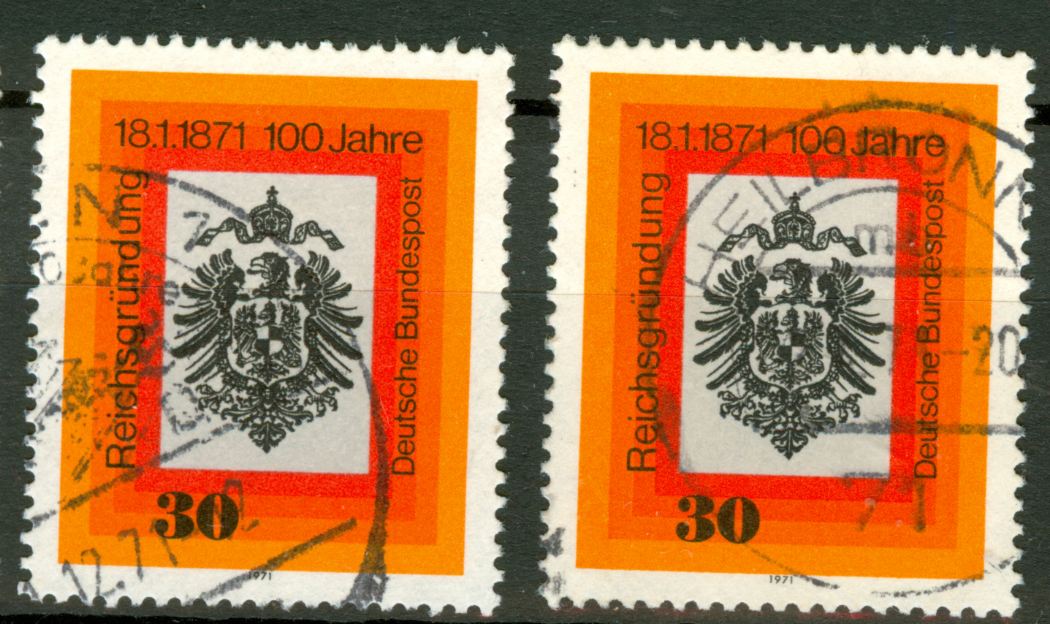
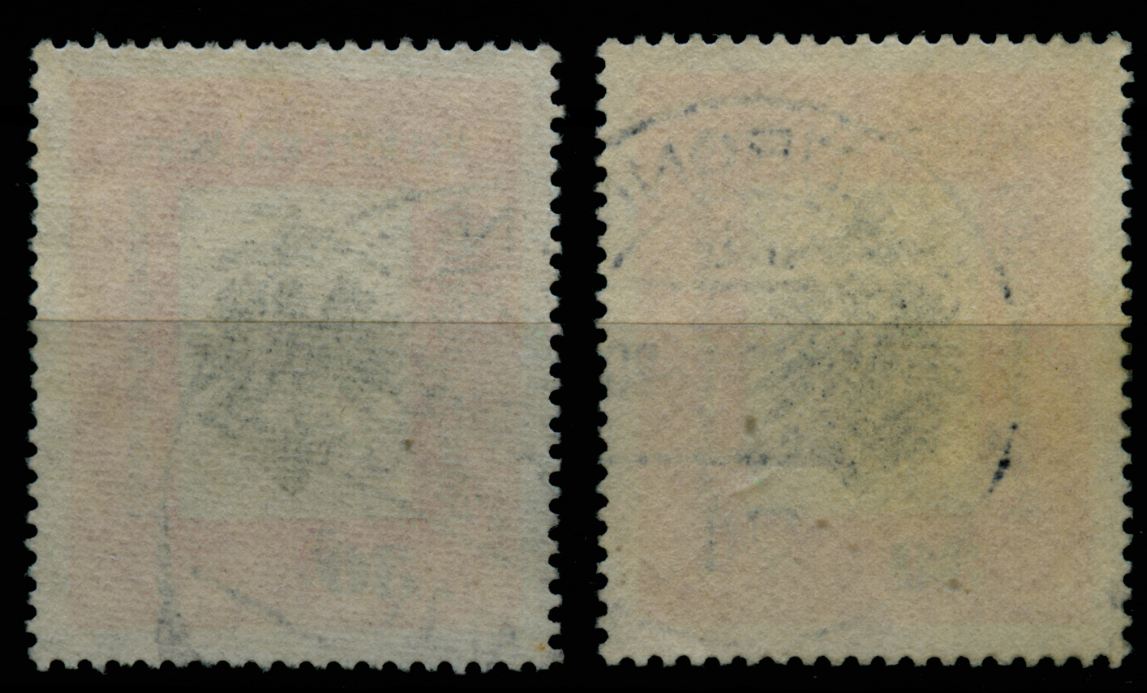
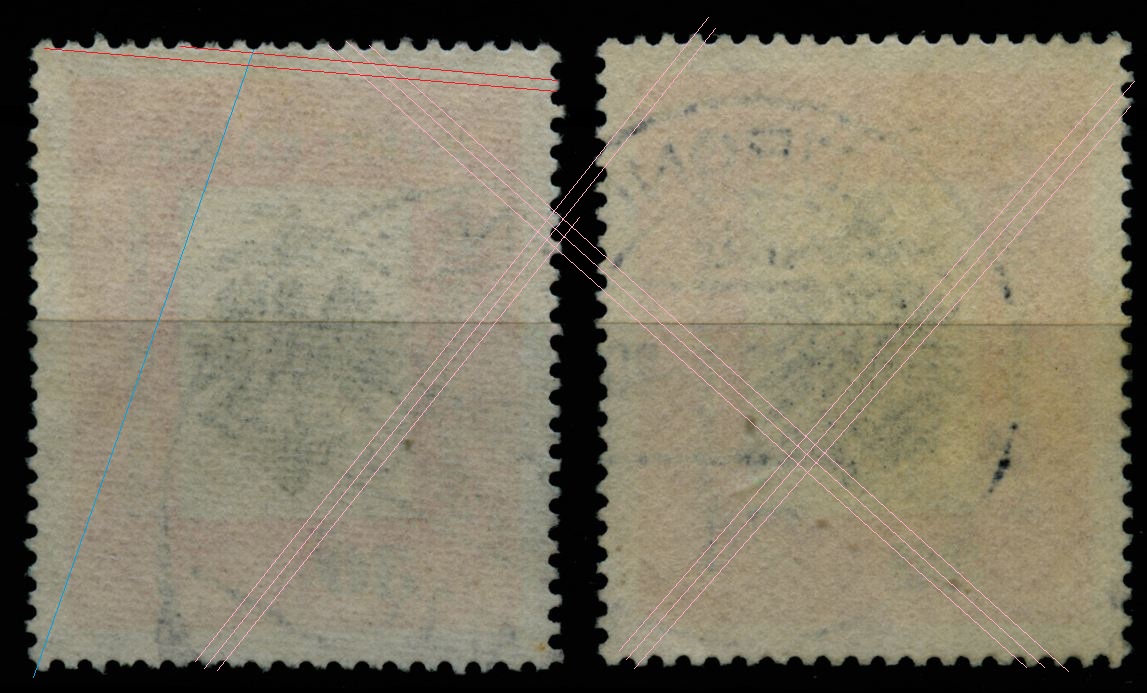
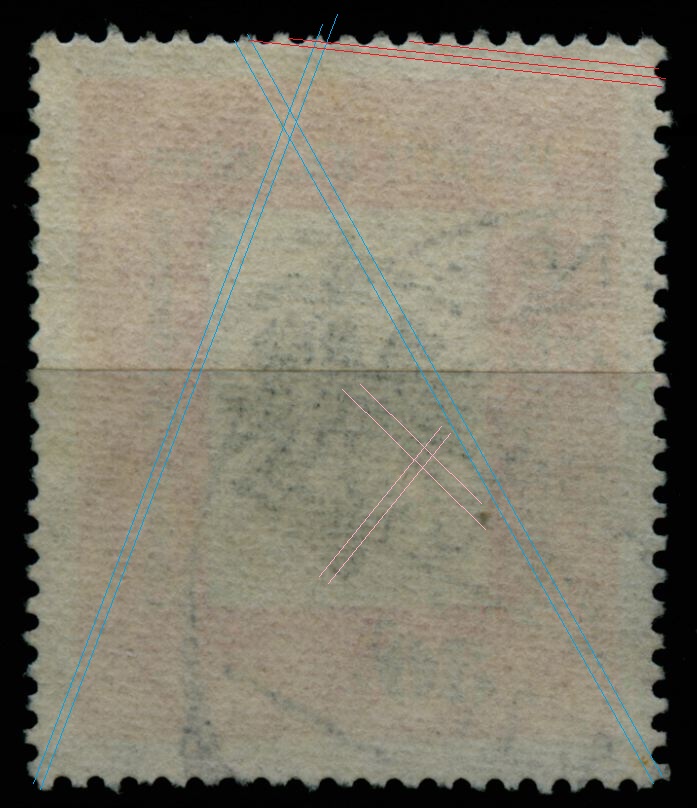
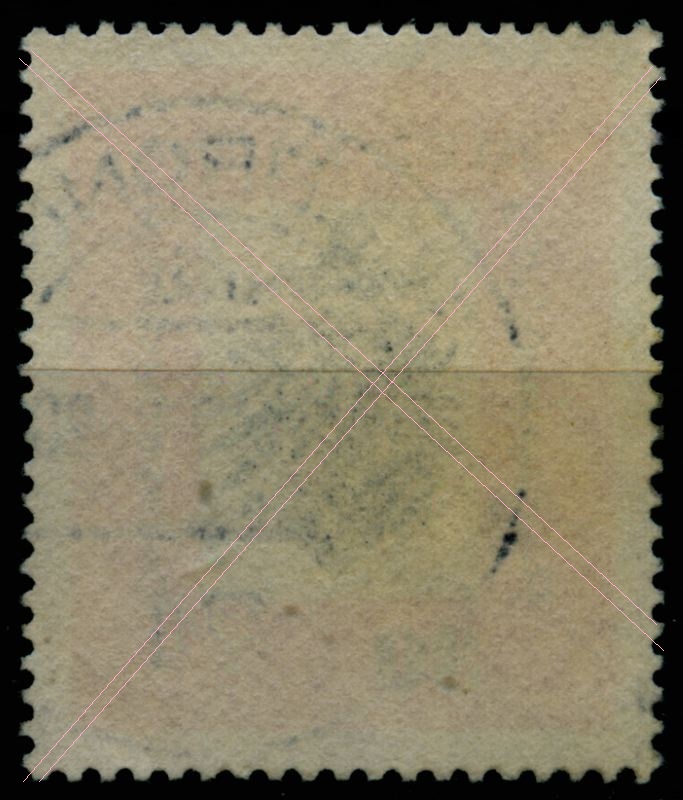
The last stamp hardly shows the original wire structure!
To be continued ...
An extra paper treatment like calendering applied a X-shaped structure! I will show the usual diagonal lines in blue and the X-structure in rose! This structure was applied at the front of the stamp as it is the felt side!





The last stamp hardly shows the original wire structure!
To be continued ...